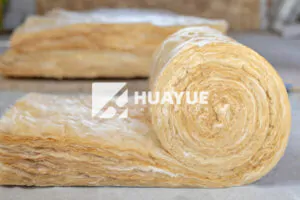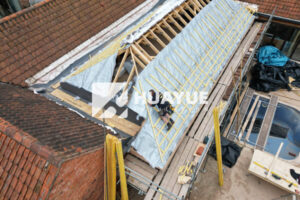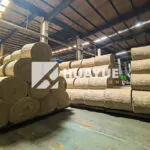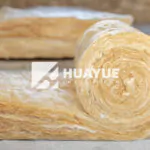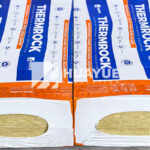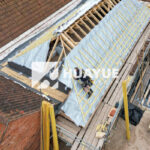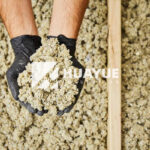What is the difference between fiberglass insulation and batt insulation?
You want the right insulation for your building, but the choices are confusing. Poor decisions can waste money and energy. Let’s break it down step by step.
Fiberglass insulation refers to material made by spinning glass fibers, while batt insulation describes precut panels of insulation—these can be made from fiberglass or other materials. They are not automatically the same.
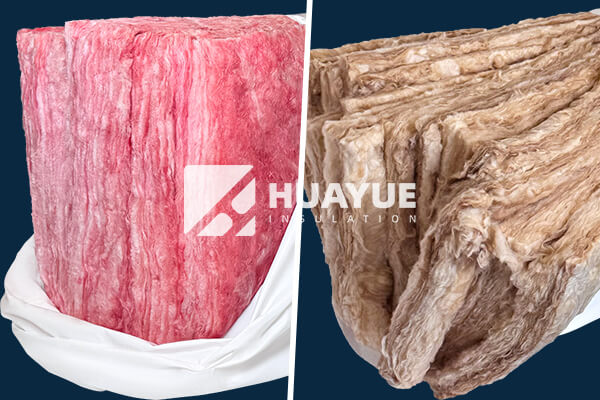
Choosing the wrong insulation slows your project, raises energy costs, or even creates safety risks. Getting the details right gives you a system that lasts and performs as promised. Let’s take a closer look at how these terms differ and what that means for your project.
Is batt insulation the same as fiberglass insulation?
It is easy to get confused about insulation types, especially when product names sound alike. This can lead to using the wrong material.
Batt insulation is a form, not a material. Batts are pre-sized pieces of insulation. Fiberglass can be made into batts, but batts can also be made from mineral wool or other materials.
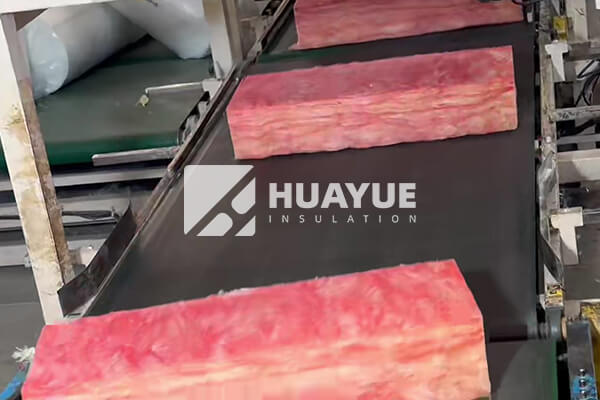
To understand this more deeply, think of batt insulation as a “shape”—like a loaf of bread. The “ingredients” inside could be fiberglass, mineral wool, or cotton. Most batt insulation on the market today is fiberglass because the material is low cost, easy to use, and has a proven track record. But, you can find mineral wool batts too, which have higher fire resistance and sound-blocking qualities. Rolled insulation means long blankets of material, which you can cut as needed. Batt insulation arrives pre-cut in panels so you can fit it quickly between framing without lots of trimming. When you order or talk to your supplier, specify both the material (like fiberglass) and the form (like batts or loose fill). This avoids mix-ups.
| Type | Material Options | Common Uses | Main Advantage |
|---|---|---|---|
| Batt Insulation | Fiberglass, Mineral Wool | Walls, ceilings, floors | Quick to install |
| Fiberglass Batts | Fiberglass | Residential, commercial | Affordable, effective |
| Mineral Wool Batts | Mineral Wool | High-temp, fire walls | Fire, sound resistant |
Is wool insulation better than fiberglass?
You may think wool insulation is always the better choice, especially if you have heard it is natural. There are good reasons to compare the two.
Wool insulation offers better sound absorption and moisture control, but fiberglass is usually more affordable and broadly available for standard building use.
Wool insulation—often made from sheep’s wool or mineral wool—absorbs sound and moisture well. Sheep’s wool naturally resists mold and is safe to handle with bare hands. However, it is more expensive and less common, which can make ordering and long-term support harder. Mineral wool batts (a kind of wool insulation) handle higher temperatures and fire risk better. Fiberglass insulation, especially in batt form, is easy to find almost everywhere, fits many budget points, and installs without special training. Still, it can irritate skin and lungs, so you should wear gloves, a long-sleeve shirt, and a mask when working with it. When deciding, think about your main priorities: if you want better fire safety and soundproofing, go with mineral wool batts. If low cost and availability are your biggest concerns, fiberglass batts win.
| Feature | Fiberglass Batts | Mineral Wool Batts | Sheep Wool Batts |
|---|---|---|---|
| Sound Absorption | Moderate | High | High |
| Moisture Resistance | Moderate | High | High |
| Fire Resistance | Moderate | Very High | Good |
| Cost | Low | Moderate | High |
| Handling Safety | Needs PPE | Safer | Safest |
Is mineral wool batt insulation?
Sometimes you see “mineral wool batt insulation” advertised. You might wonder if this is the same as regular fiberglass batts or something different.
Mineral wool batt insulation is made from spun rock or slag, not glass fibers. It is cut into batts just like fiberglass but offers better fire and water resistance.
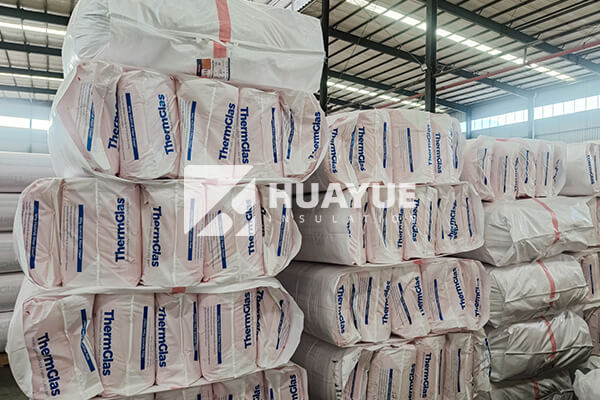
Let’s break this down. Mineral wool is created by melting rock or blast furnace slag and then spinning it into fibers. These fibers are pressed into batts, just like how fiberglass batts are made. The result looks similar, but the properties differ. Mineral wool batts can handle higher temperatures (up to 1,000°C and more), do not burn, and are much more water-resistant. This makes them suitable for fire walls, boiler rooms, or as an extra safety step around chemical storage tanks or cryogenic tanks. Contractors choose mineral wool for long-term life and strict fire safety codes. If you look at a project with lots of heating, cooling, or fire risks—especially in industrial settings—mineral wool batts might be the only way to meet your requirements. However, you may pay a higher price or have longer lead times.
| Property | Fiberglass Batts | Mineral Wool Batts |
|---|---|---|
| Source Material | Spun glass | Spun stone or slag |
| Fire Resistance | Good | Outstanding (non-combustible) |
| Water Resistance | Moderate | Very high |
| Typical Use | General walls | High-risk zones, fire barriers |
How do I know if my insulation is fiberglass?
Identifying your insulation type can lower safety risks and guide better upgrades if you plan retrofits or repairs.
Fiberglass insulation is usually yellow, pink, or white. It looks like a soft mat or blanket and feels prickly to the touch. You should always wear gloves and a mask before handling.
You may be opening up a tank panel, attic, or wall and lay eyes on what could be anything. One sign it is fiberglass—distinct color. Most fiberglass batts are yellow or pink, but sometimes they are white. Press lightly; fiberglass compresses easily and feels springy, but you may notice sharp, tiny fibers sticking out. These can itch or irritate your skin. Try not to touch fiberglass with bare hands or breathe in its dust. If you brush your hand lightly over the insulation, mineral wool will feel denser, and you rarely see bright colors—usually a dull gray or brown. You can also look for markings on facing paper or packaging. Many brands print a label with “fiberglass” or “mineral wool” and a fire safety or R-value code for easy checking. If you still are not sure, collect a small sample and get it tested before making upgrades, especially in a safety-critical site like a tank or pipeline. Mistaking the material could put your operations at risk.
| Clue | Fiberglass Batts | Mineral Wool Batts |
|---|---|---|
| Color | Yellow, pink, white | Gray, brown |
| Texture | Soft, springy, itchy | Dense, stiffer, less itchy |
| Handling Precaution | Use gloves and mask | Mask optional |
| Typical Label (if present) | “Fiberglass”/R-value shown | “Mineral wool”/density |
Conclusion
Choose the insulation that matches your safety, efficiency, and budget priorities. Know the terms, materials, and identification clues to make the right call for your project.
You may also be interested in:
Ready to Get Started?
Get in touch with our experts for personalized solutions tailored to your needs.
Get Free QuoteLatest Articles
Let's Work Together
Ready to take your business to the next level? Get in touch with our team of experts and let's discuss how we can help you achieve your goals.
Get Free Solutions
